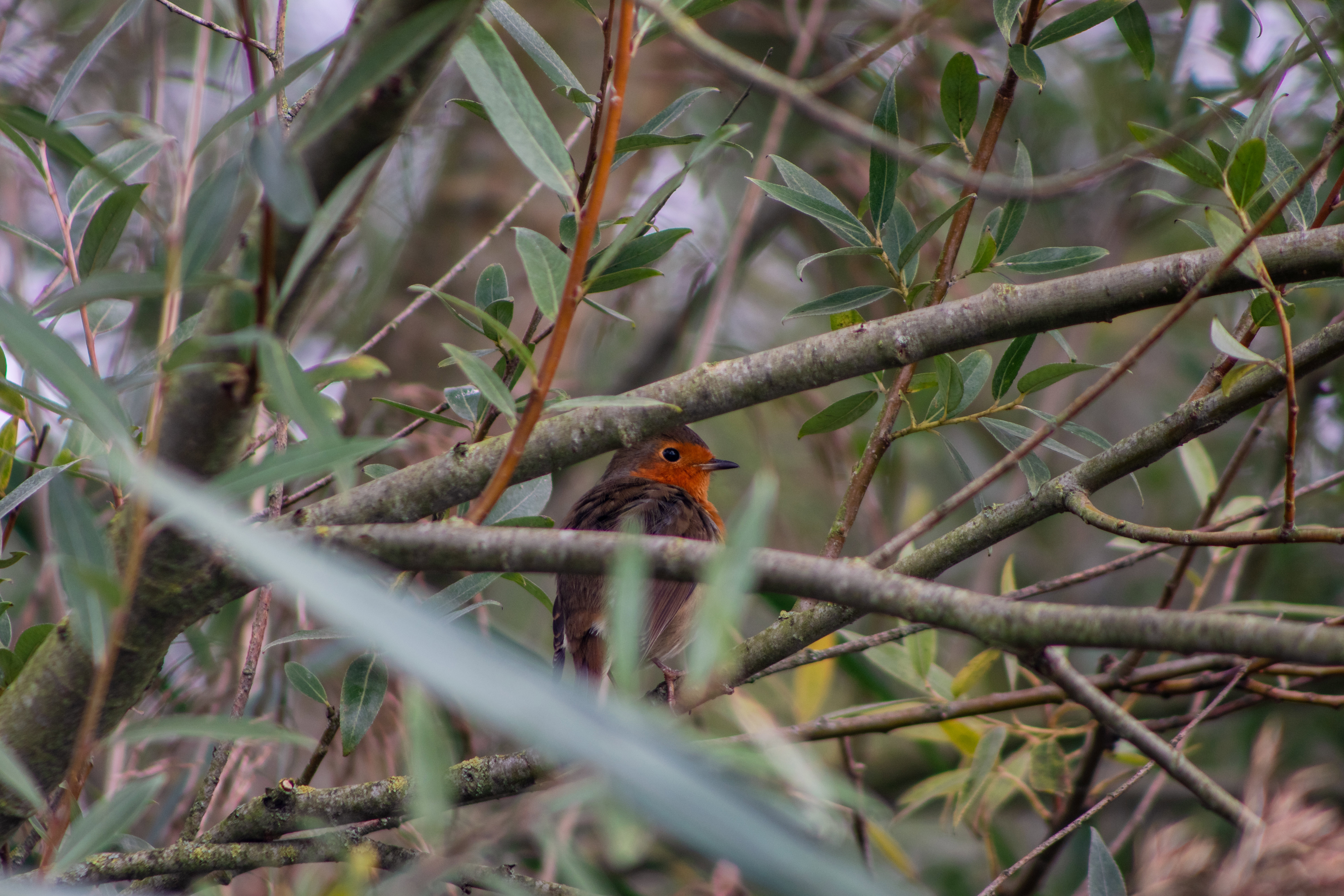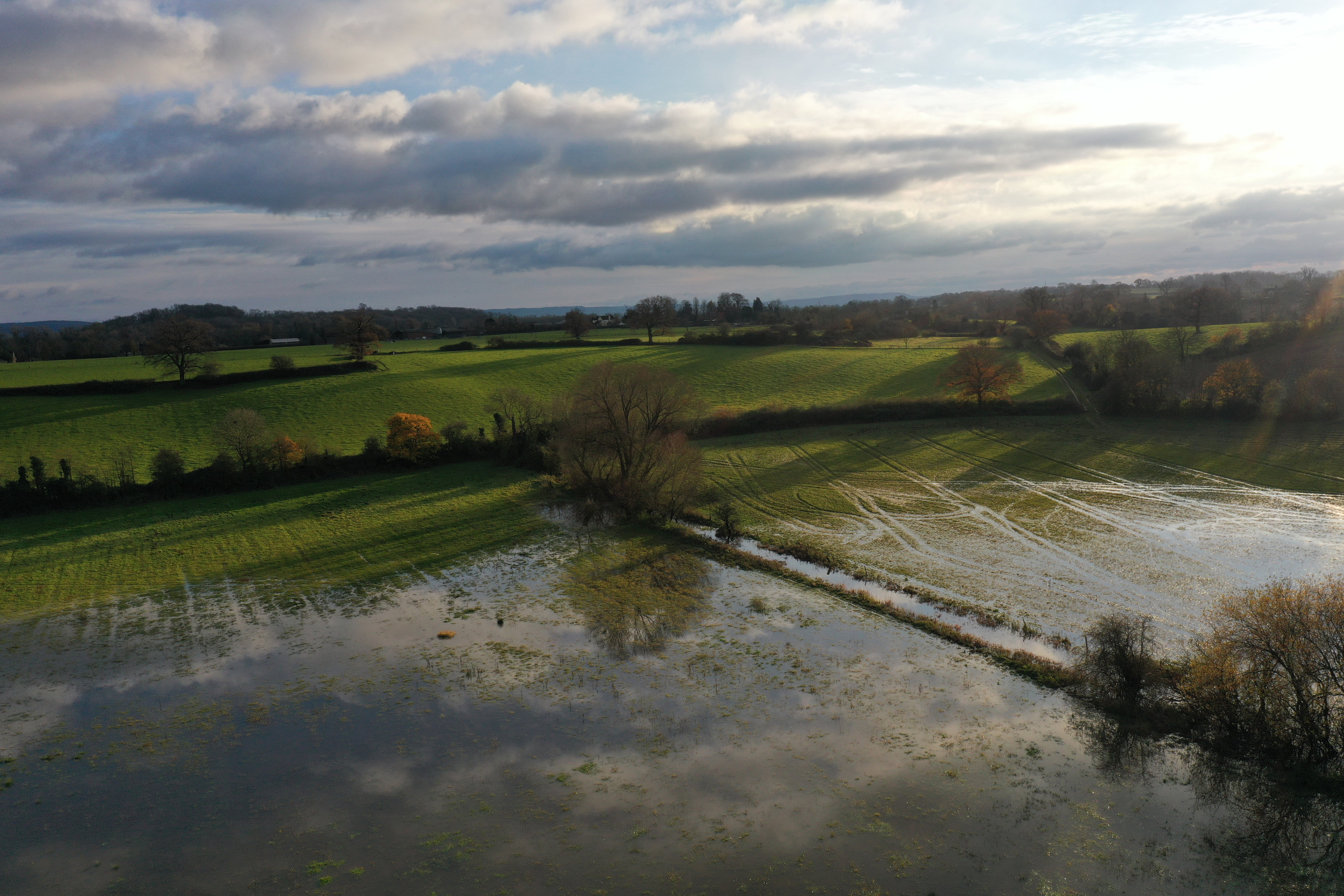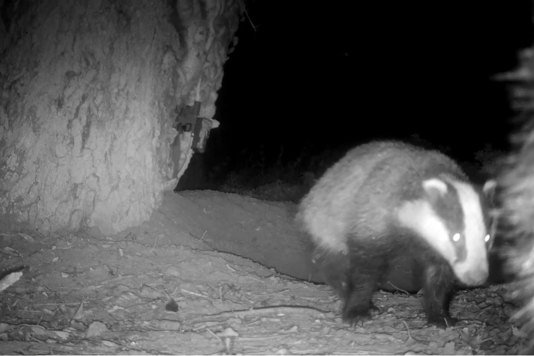Happy World Rewilding Day

Rewilding is a term used to describe the process of allowing land to exist in its natural, dynamic and holistic state, without the need to control individual processes, species or habitats. The aim of rewilding is to help nature return to a state where it can look after itself.
Rewilding takes a ‘nature first’ standpoint, which humans – with our infinite need to control – often find challenging. In Britain – under the generational context of both the post-war need to produce food and the Blake-esque beauty ideal of a 'green and pleasant land' characterised by neatly boxed hedges and uniform, green flat meadows – we particularly struggle. Rewilding is a concept that has gained momentum in recent years as more people are becoming aware that something drastic needs to change in the way we take care of the land and nature, but also ourselves, recognising that we are not separate from nature.
Why is rewilding necessary?
Since the Industrial Revolution in the UK:
- 90% of wetland has been lost
- 80% of lowland heath has been lost
- Focus on food production for an expanding population accelerated loss of tens of thousands of acres of ancient woodland, hedgerows and mature trees
- 97% of wildflower meadows have been lost
- Our topsoils are depleted from over-farming
- Our 400,000km of roads break up habitats and wildlife corridors
What is rewilding?
Conservation, traditionally, has emphasised the careful micromanagement of habitats, based on a human ideal of what nature needs. A lot of the time this means stopping natural processes rather than allowing them to happen. Rewilding, on the other hand, is about allowing nature to return to it’s innate wild and dynamic form. There is a common misconception that rewilding is abandoning otherwise-productive land, with no human interaction at all. This is simply not the case, particularly on smaller-scale rewilding projects where apex predators (such as bears and wolves) are not present. Level of management is inversely proportionate to the size of the project. For example, something the size of Yellowstone, where the reintroduction of wolves in 1995 triggered a domino-effect increase in biodiversity, now needs very little management.
At a smaller-scale rewilding project, the level of management will be higher than a larger site, yet still much lower than with conventional conservation. Practically, that management takes many forms and but is largely centred on mimicking natural processes that would be present in a fully functioning ecosystem until such time as a fully functioning ecosystem has been established. It may have focus on ‘keystone’ species such as beavers, megafauna and predators. Rewilding embraces uncertainty, creating conditions for ‘self-willed’ ecosystems.
What are we doing?
At Elmore, which is a relatively small-scale rewilding project, that management largely has taken the form of wetland creation and species reintroduction. Elmore was largely tenanted farmland, conventionally farmed using pesticides and herbicides. The first thing we did when we started rewilding was simply to stop both arable farming and commercial-scale grazing.
Much of the Elmore land was drained using a series of ditches and land drains for agriculture, being part of the River Severn floodplain. Re-establishing a wetland environment was one of our primary rewilding goals, so one of the first things we did here was break up our land drains and dig some wetland scrapes, both of which were completed in 2023.
40,000 years ago the spread of Homosapiens across the globe coincided – not entirely coincidentally – with the large-scale extinction of grazing megafauna, such as woolly mammoth, before which time the planet was at peak biodiversity. Their extinctions affected entire food chains and webs, sometimes causing extinctions further down the food chain. Furthermore, the planet’s most efficient system of nutrient transfer was lost.
The reintroduction of large grazing herbivores is a vital part of rewilding. As well as nutrient transfer, free-roaming herbivores shape the landscape by grazing and browsing, preventing proliferation of closed-canopy woodland, which in itself is not particularly biodiverse. A lot of the native, ancient breeds are now extinct, so many rewilding projects use old, domesticated livestock breeds as proxies for their ancient ancestors. At Elmore we have a herd of old English longhorn cattle as proxies for their ancient auroch ancestors. We have hopes in future to introduce some Tamworth pigs as wild boar proxies and some Exmoor ponies as wild horse proxies. We are also in the process of trying to attract some other important, lost species such as crane and pine marten.
Rewilding progress
Since we began rewilding, we have seen a significant uplift in biodiversity, particularly wetland species. We have seen a 186% increase in the variety of red list (most threatened) bird species, and a 125% increase in total number of bird species seen. We have 11 threatened mammals making the land their home, as well as 21 species of rare moth and butterfly. Every month we see new species exploring the habitats being created here at Elmore.
Rewilding isn’t something that is ever “complete”. It is constantly changing and evolving, but every step we take towards creating a self-sustaining ecosystem - one with wildness at its heart – is a step in the right direction.



